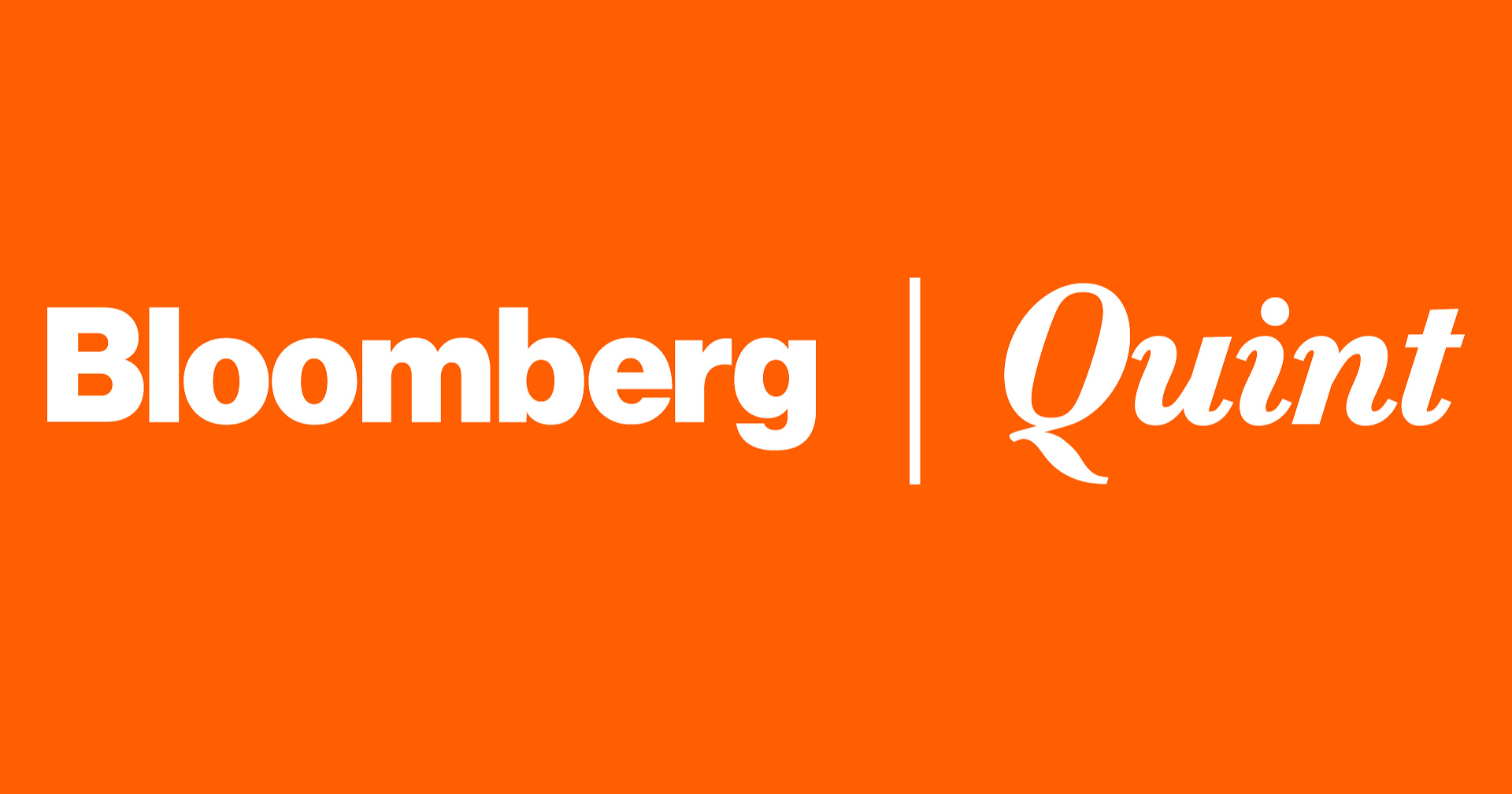5G Is Here, But What Is It Anyway?

(Bloomberg Opinion) — 5G: It feels as if it’s everywhere and nowhere at the same time. Fascinatingly cutting edge yet uneventful in its arrival. Ripe for conspiracy theories in some corners, yawns in others. Yes, high-speed 5G wireless service is here, but not everyone has it, and many consumers aren’t sure how to feel about it.
I’m here to tell you that I have seen 5G — stood near it, touched it, snapped photos of its tangible forms — and lived to tell the tale. And now, let me answer your most burning questions about this exciting (truly) fifth-generation of mobile internet.
In essence, it’s real estate that you can’t see. Wireless networks operate on finite swaths of radio waves, and what makes 5G novel is that it lives in the higher-frequency neighborhoods of this real estate. That allows 5G to be faster — in some cases, wildly faster — than current 4G LTE connections that power much of today’s smartphones. But these higher frequencies can also handle more devices without overwhelming networks such as those operated in the U.S. by AT&T Inc., T-Mobile US Inc. and Verizon Communications Inc. And they shorten the amount of time it takes for data to make the round-trip journey between a device and its destination, helping to enable innovations that require near-instant response, such as self-driving cars.
What else makes 5G exciting?
The most enticing case for 5G is hard to define: It’s all the apps and gadgets that haven’t been invented yet because 5G’s unique properties may be what makes them possible. With 2G came text messaging, 3G ushered in the iPhone and 4G has enabled services such as Uber and Facetime. As for the business sector, 5G’s security features, speeds and capacity for more devices may be beneficial in settings such as smart factories.
Faster speeds may be more compelling for advertisements and commercials, but the ability to reduce network congestion and accommodate a much greater number of users is the main reason the industry is excited. That’s especially true for dense metropolitan areas such as New York, where I stood on a rooftop (photo above) on a recent sweltering day with AT&T’s Carl Busseno to see 5G in action. Busseno is an engineer who has served as the wireless carrier’s radio access network director for the New York and New Jersey markets since 2009. “The fundamental reason for each G that’s come out” — 2G all the way to 5G — “is more capacity,” he said. “In New York City, you can never have enough capacity, so you want to have as much as possible.” Some of the New York mobile-phone bustle took a breather during the Covid-19 lockdowns, but it’s coming back as office workers and tourists return: Wireless-network traffic doubles during weekdays in Manhattan, he said.
This photo was taken atop a rather unassuming building in Manhattan that overlooks the Stuyvesant Town apartment village and a Papaya Dog. Some landlords don’t want all this stuff on their rooftops, so it takes a bit of legwork by the wireless carriers to find willing hosts, meaning that when they do, they often end up sharing the space with rivals. Just beside this AT&T macrocell site sat another carrier’s network equipment. Those gadgets and gizmos you see power both 4G and 5G, while the petite box on the slender pole farthest to the right transmits millimeter-wave signals, the fastest and most finicky form of 5G. Later on the ground, we tested just how fast, which I’ll get to shortly. But first, here’s a photo taken just a few blocks away of a so-called small cell, a box that helps link more connections (it’s the gray rectangle just above the Second Avenue sign):
“Once you know what to look for, you’ll see them everywhere,” Busseno said, referring to these boxes. He was right; I can’t stop noticing them. But I also work in a big city, one of the easiest and most financially sensible places for carriers to roll out 5G because there are more users to justify the cost. In urban areas, there are also many more structures upon which to affix these transmitters, and they aren’t any more of an eyesore than the usual city adornments found in this photo. The suburbs — where you may spot some on telephone poles — are a different story. “Everyone wants coverage, but then they don’t want it in their backyard,” he said.
Is 5G really that fast? Do buildings and trees cause a problem?
The answer to both is: It depends. Some 5G travels on frequencies below 6 gigahertz, referred to as low- and mid-band spectrum. These connections are pretty similar to 4G and are the version of 5G most people are likely to interact with. Carriers consider mid-band the goldilocks choice because it provides a good balance of coverage and speeds, but it may not wow consumers as much. The super-duper-fast millimeter-wave spectrum — frequencies approaching 30 gigahertz and higher — that most people probably envision when they hear “5G” will be less common. These signals can’t travel long distances or pass through obstructions well, so they’ll be mostly limited to densely populated cities and packed locales such as concert spaces and sports arenas.
AT&T performed several speed tests for me that day: With the sub-6-gigahertz spectrum, download speeds ranged from about 110 to 130 megabits per second. Sure enough, once positioned in front of the millimeter-wave antennas, download speeds surged to 1 gigabit per second (insert lightning-bolt emoji).
Did 5G contribute to the Covid-19 pandemic? Is 5G inside the Covid-19 vaccines? Does it cause cancer?
You’ve heard the wild conspiracy theories (recently, an anti-vaccination activist’s remarks during a meeting of Ohio legislators went viral). These are just that — conspiracy theories. Frequencies used for mobile networks, including 5G, are very low on the electromagnetic spectrum compared with, say, X-rays. In the U.S., the Federal Communications Commission enforces strict limits on radio-frequency energy, and the Food and Drug Administration says those limits remain acceptable. While internet fears have been directed at millimeter waves, the National Toxicology Program says that since they “are likely to penetrate no deeper than the skin, there is less concern that these frequencies can cause harmful effects in the heart and brain”; that said, its scientists are working to better understand the effects of radio-frequency radiation more broadly on biological tissues. Furthermore, the American Cancer Society says “there’s no strong evidence that exposure to radio-frequency waves from cell-phone towers causes any noticeable health effects.”
But just as the FDA doesn’t recommend standing directly against a microwave oven, it’s probably best not to strap yourself to the front of a cellular-network beam either. And if you’re in the very far afield camp that thinks the Covid-19 jab carries some chip that tracks you, I’d hate to tell you about all the apps that are already doing that. What the shot contains is a life-saving vaccine.
It depends on when your carrier plans to deploy 5G in your area and when you plan to get a new smartphone. The GSMA, the industry’s trade body, forecasts that half of all North American mobile connections will be 5G by 2025. But of course, the pandemic lockdowns taught us that a sturdy home broadband internet connection is more of a must-have, for now.
This column does not necessarily reflect the opinion of the editorial board or Bloomberg LP and its owners.
Tara Lachapelle is a Bloomberg Opinion columnist covering the business of entertainment and telecommunications, as well as broader deals. She previously wrote an M&A column for Bloomberg News.


